Great white sharks have long captivated the imagination of ocean enthusiasts and terrified beachgoers alike. These apex predators are not only important to the marine ecosystem but also fascinating creatures full of surprises. Whether you’re an avid shark lover or just curious about these ocean giants, you’ll want to dive into these 14 awe-inspiring and terrifying facts about great white sharks.
1. They Have A Sixth Sense
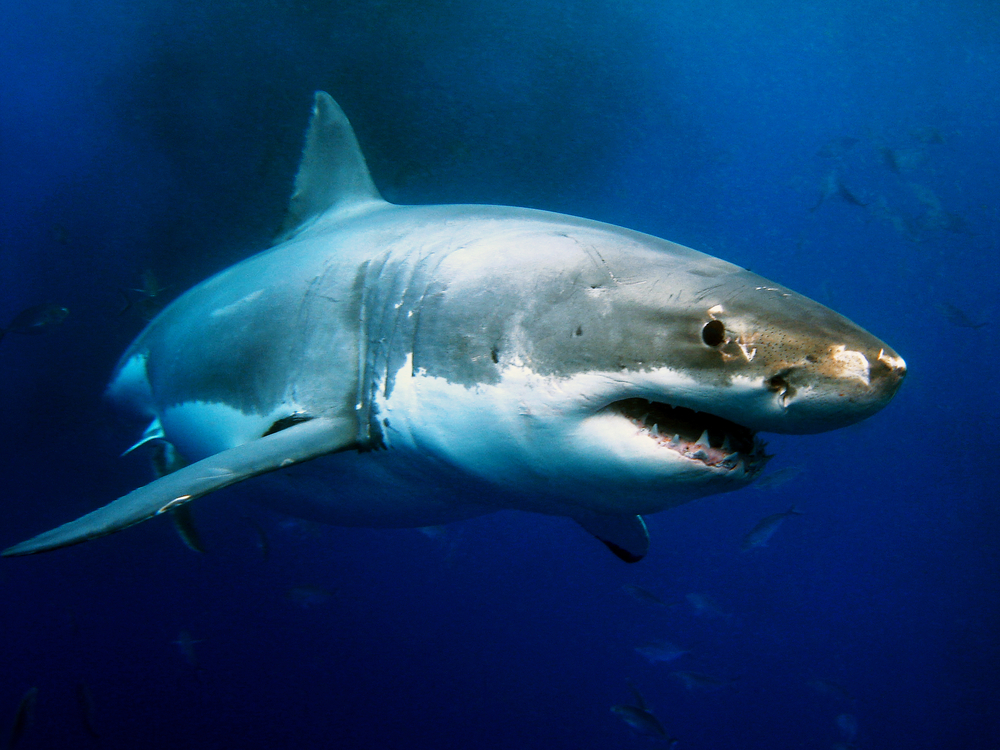
Great white sharks possess an extraordinary ability that could be likened to having a sixth sense. This ability, known as electroreception, allows them to detect the electrical fields produced by other animals. With special organs called ampullae of Lorenzini, these sharks can sense even the faintest of electrical impulses, helping them pinpoint the location of their prey. Imagine the precision with which they hunt, equipped with such an incredible natural tool. According to the Smithsonian Ocean, this skill is crucial for their survival in the vast and often murky ocean waters.
Their electroreception ability also aids in navigation. Sharks can detect the Earth’s magnetic field, helping them travel long distances across oceans. This navigational skill is vital for their migratory patterns and ability to find feeding grounds or mates. Fascinatingly, scientists believe that this sense may even help them return to their birthplace to reproduce. It’s a reminder of the incredibly complex adaptations that have evolved in these apex predators.
2. Great Whites Are Warm-Blooded
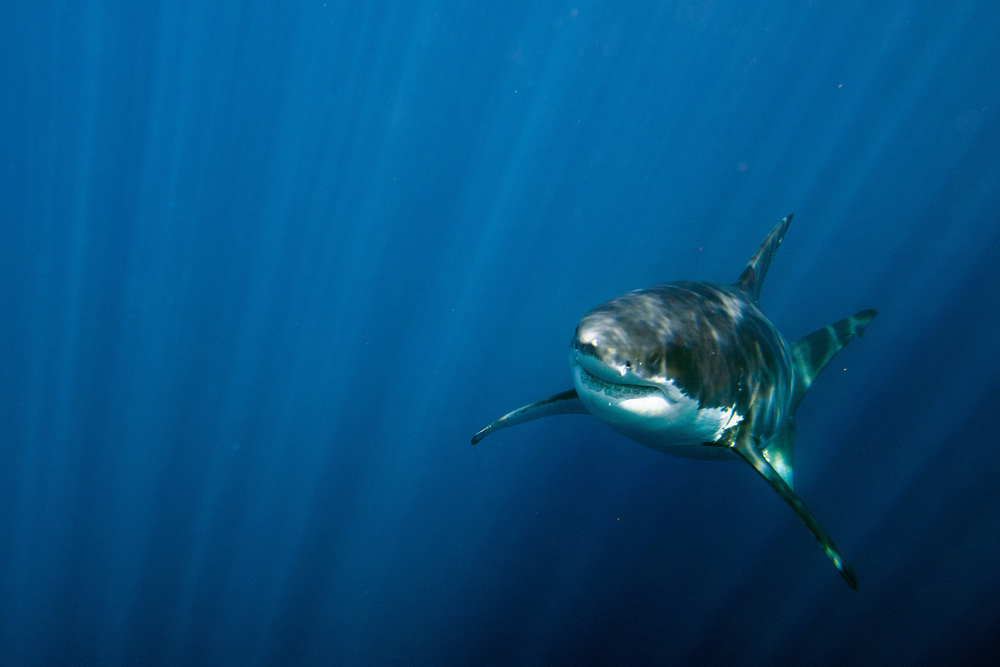
Unlike most fish, great white sharks are partially warm-blooded. This adaptation gives them a significant advantage in the ocean’s chilly waters. By maintaining a body temperature warmer than the surrounding water, they can move more swiftly and efficiently, especially in pursuit of prey, according to the International Fund For Animal Welfare. Their muscular heat retention system, known as rete mirabile, allows them to conserve heat generated by their muscles. This ability to regulate temperature is essential for their role as powerful hunters.
Being partially warm-blooded enables great whites to inhabit a wide range of oceanic environments. From the cold waters off the coast of South Africa to the more temperate seas near California, they can thrive where many other predators cannot. This adaptability ensures their survival in various ecosystems, helping maintain the balance in marine food chains. Their warm-blooded nature is just one of the many reasons they are such successful predators.
3. They Have Impressive Teeth
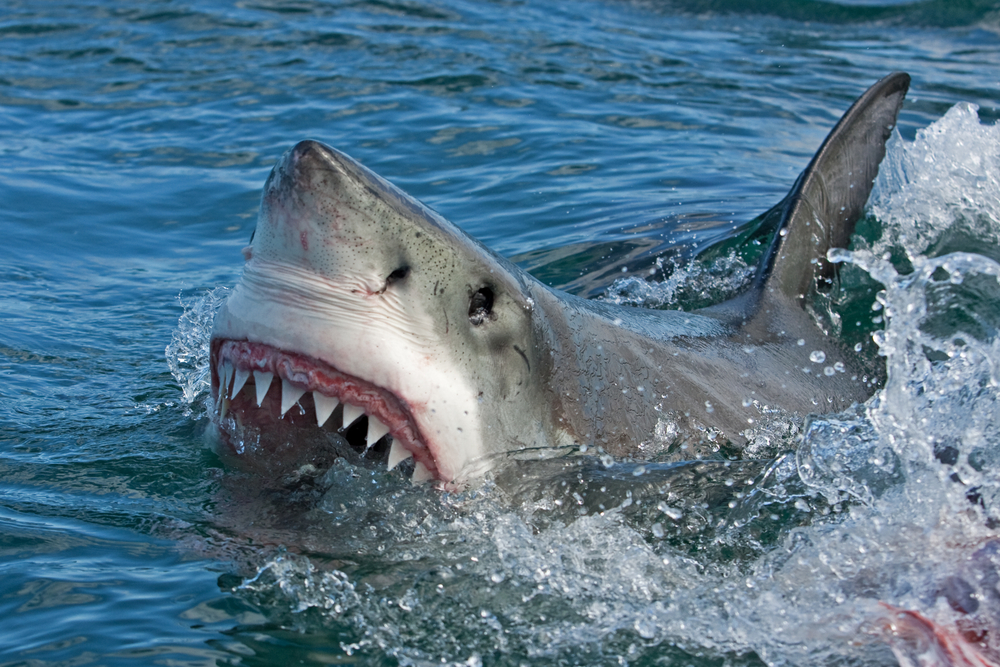
One of the most iconic features of great white sharks is their formidable set of teeth. Each shark has around 300 serrated teeth arranged in several rows, ensuring they never run out of their primary weapons. Their teeth are designed to slice through flesh with ease, making them highly efficient in capturing prey. With teeth that can grow up to 6 inches long, it’s no wonder they inspire fear in the hearts of many. For more detailed insights into their dental prowess, check out this National Geographic article on their impressive dental anatomy.
These teeth are not just for show; they are constantly replaced throughout the shark’s life. If a tooth falls out or gets damaged, a new one from the row behind it moves forward to take its place. This continuous cycle ensures that great whites always have a full set of sharp tools at their disposal. Their dental regeneration is a fascinating example of nature’s ingenuity, providing insight into the evolutionary success of these predators.
4. They’re Oceanic Nomads
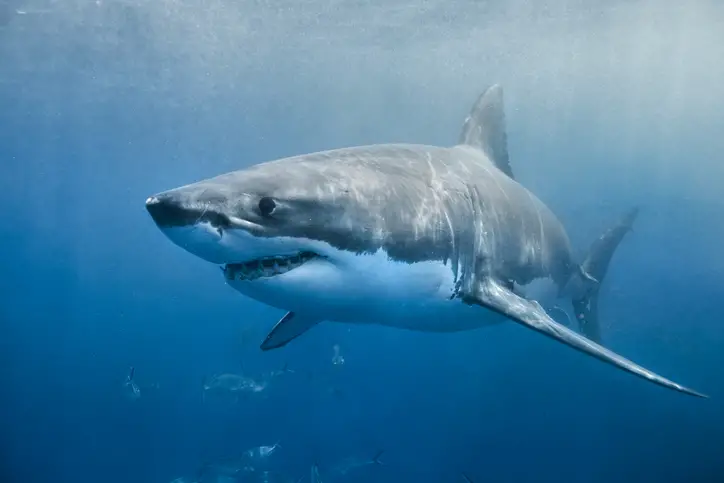
Great white sharks are known for their extensive migratory patterns, often traveling thousands of miles across oceans. They don’t just stick to one area; instead, they roam vast swathes of the ocean in search of food and suitable breeding grounds. This nomadic lifestyle means that great whites have been spotted in virtually every ocean on the planet, with some individuals covering distances of over 12,000 miles in a single year. Their ability to traverse such vast distances is made possible by their superior swimming capabilities and navigational skills.
Despite their wide-ranging travels, great whites do exhibit some predictable migratory patterns. For instance, many follow established routes between feeding grounds and breeding sites. These routes can sometimes lead them to warmer waters where they can spend the winter months. This movement is critical to their survival, allowing them to exploit different habitats and food sources throughout the year. Understanding these migratory patterns is crucial for the conservation efforts aimed at protecting these majestic creatures.
5. They Have A Varied Diet
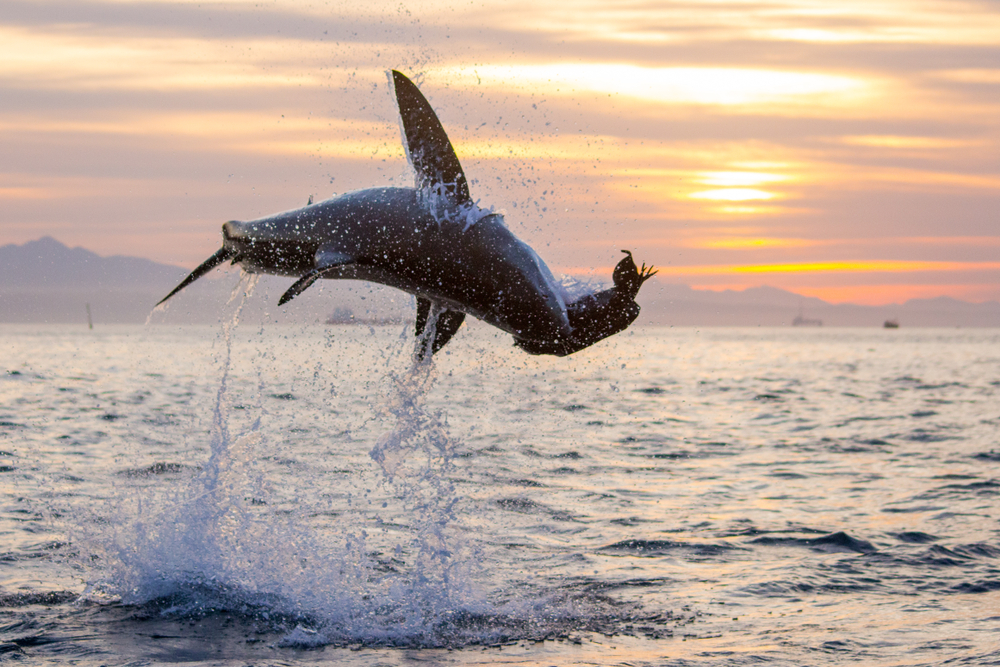
While great white sharks are often depicted as ruthless killers, their diet is more varied than one might expect. They primarily feed on marine mammals such as seals and sea lions, but they are also known to consume fish, seabirds, and even smaller sharks. Their varied diet helps them adapt to different environments and ensures they have a constant food source. Great whites use their incredible speed and stealth to ambush prey, making them efficient hunters even in diverse ecosystems.
Interestingly, great whites have been observed engaging in different feeding strategies based on their target. For instance, when hunting seals, they often employ a technique known as breaching, where they launch themselves out of the water to catch their prey by surprise. Their diet and hunting strategies highlight their versatility as apex predators. This adaptability is key to their ecological success, allowing them to thrive in a range of marine environments.
6. They’re Surprisingly Social
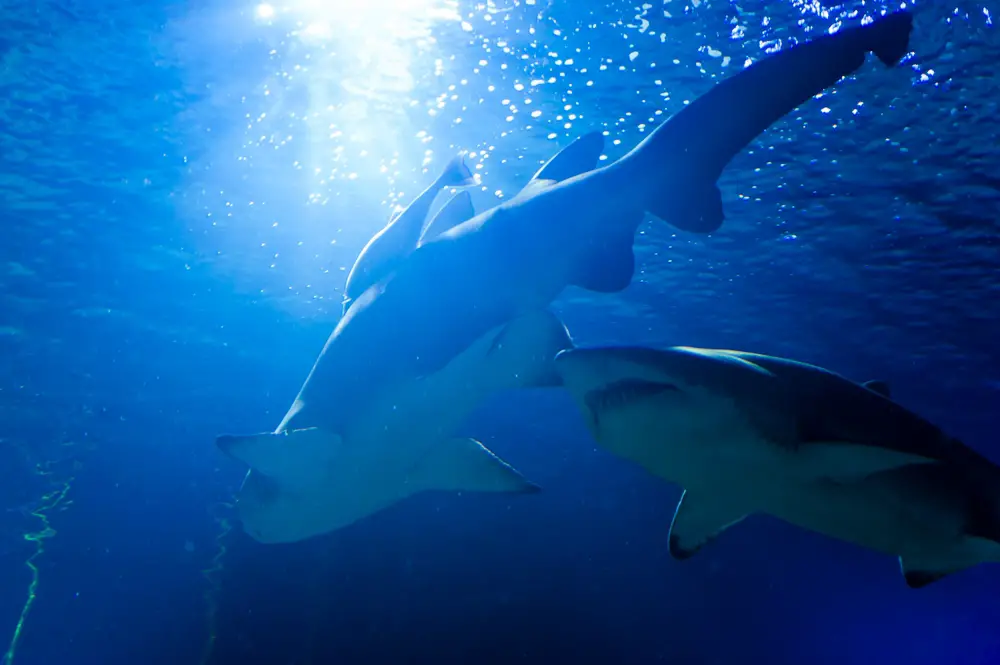
Despite their reputation for being solitary hunters, great white sharks have complex social behaviors. Research suggests that they form social networks and may even establish hierarchies within groups. While they are often seen hunting alone, they have been observed interacting and cooperating with other sharks. This social behavior challenges the long-held belief that they are entirely solitary creatures. Understanding these interactions is an ongoing area of research for marine biologists.
Great whites have been seen forming groups around food sources, where they establish a pecking order for feeding rights. This social structure ensures that food is distributed among the group, and dominant sharks have priority access. Some scientists believe these interactions may also serve as a learning opportunity for younger sharks. By observing the behavior of experienced hunters, they can improve their hunting techniques and increase their survival chances.
7. They Have Incredible Breaching Abilities

One of the most dramatic displays of a great white shark’s power is its ability to breach the surface of the water. When hunting seals, these sharks can launch themselves several feet into the air, a spectacle that is both awe-inspiring and terrifying. This breaching behavior is not only a hunting strategy but also a testament to their physical strength and agility. Watching a great white breach is a reminder of the raw power these predators possess.
Breaching requires precise calculation and immense energy, as the shark must gather enough speed to propel its massive body out of the water. This behavior is most commonly observed in regions where seals are abundant, such as South Africa’s False Bay. The sight of a great white emerging from the ocean is a favorite among wildlife photographers and shark enthusiasts. It’s a breathtaking reminder of the dynamic and powerful nature of these apex predators.
8. They’re Vital To Marine Ecosystems
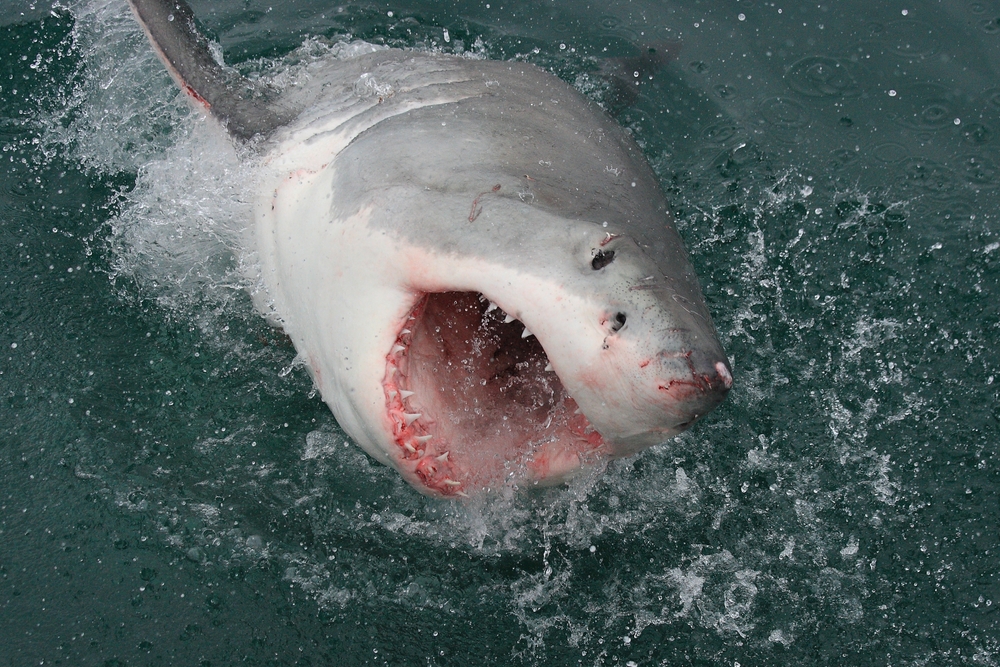
Great white sharks play a crucial role in maintaining the health and balance of marine ecosystems. As apex predators, they help regulate the populations of their prey, preventing any one species from dominating the environment. This regulation helps maintain biodiversity, ensuring that ecosystems function effectively. By controlling the population of other marine animals, they indirectly support the health of the ocean’s food web.
Their presence can also influence the behavior of other marine creatures. For instance, the fear of predation by great whites can cause seals and other prey animals to alter their habits, which can have cascading effects on the ecosystem. Understanding the ecological role of great whites is crucial for conservation efforts, as their decline could have far-reaching consequences for marine environments. Protecting these sharks is essential for maintaining the balance of our oceans.
9. They Have A Slow Reproductive Rate
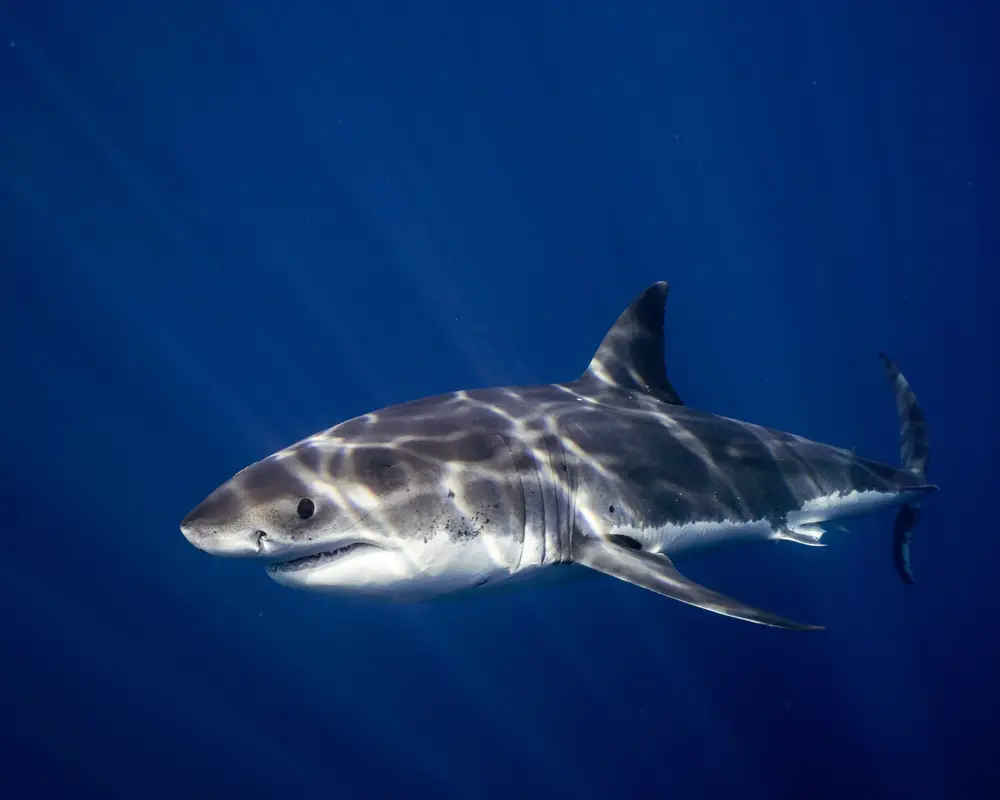
One of the challenges in conserving great white sharks is their slow reproductive rate. Female great whites reach sexual maturity at around 14 to 16 years of age, and they only give birth every 2 to 3 years. This slow reproduction means that their populations recover slowly from threats such as overfishing and habitat loss. The gestation period for great whites is estimated to be around 11 months, after which they give birth to a small number of pups, usually between 2 and 10.
The slow reproductive rate is a natural strategy that has worked for millions of years, but it makes them particularly vulnerable to human-induced threats. This vulnerability is why many conservationists advocate for strict protective measures to ensure their survival. Efforts to understand and protect their breeding grounds are crucial for the conservation of the species. By addressing these challenges, we can help ensure that great white sharks continue to thrive in our oceans.
10. They’re Not As Dangerous To Humans As You Think
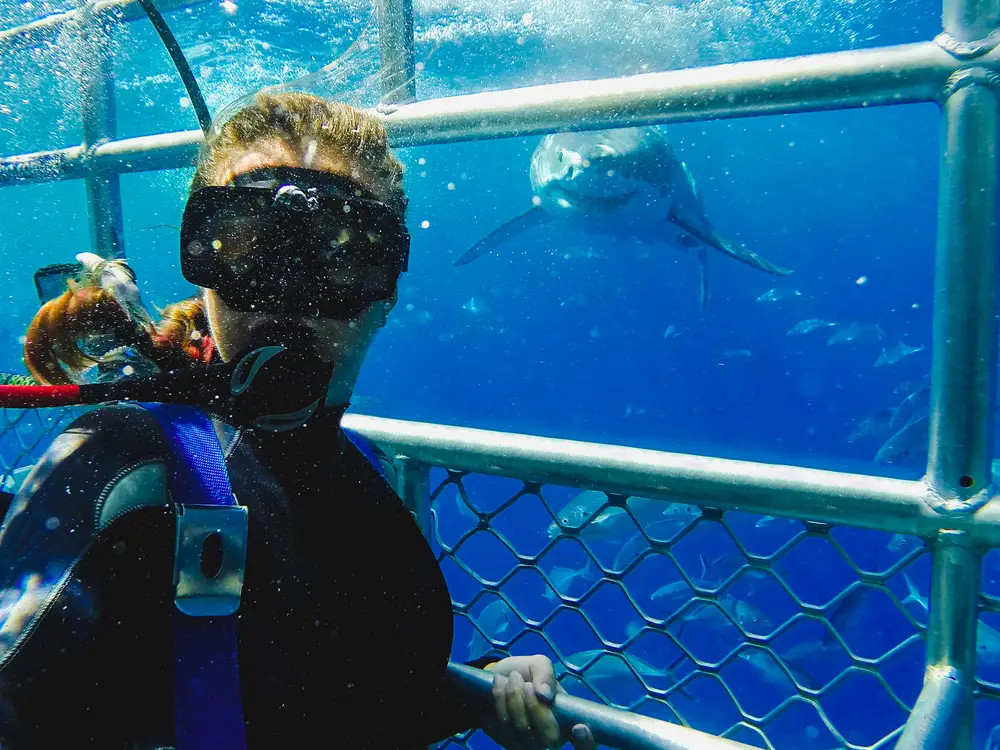
While great white sharks have a fearsome reputation, the reality is that they are not as dangerous to humans as popular culture suggests. Incidents involving great whites and humans are rare, and fatalities are even rarer. Most often, sharks are simply curious and may investigate humans, but they typically do not see us as prey. In fact, many shark attacks are cases of mistaken identity, where the shark confuses a swimmer or surfer for a seal.
Safety measures and understanding shark behavior have contributed to reducing human-shark interactions. Educating the public about shark habits and respecting their natural habitat can greatly minimize risks. It’s important to remember that sharks play a vital role in ocean ecosystems, and their conservation is crucial. By promoting coexistence, we can appreciate these magnificent creatures without unnecessary fear.
11. They’re Older Than Dinosaurs
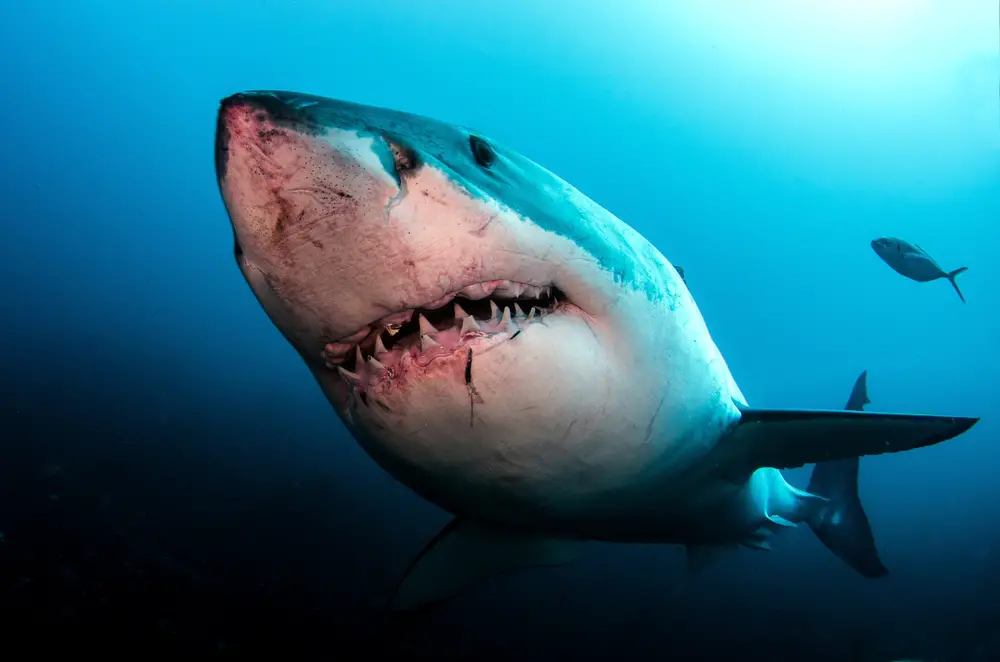
Great white sharks have been around for millions of years, predating the dinosaurs. Fossil evidence suggests that their ancestors were swimming in our oceans over 400 million years ago. This remarkable history makes them one of the longest-surviving species on the planet. Their evolutionary adaptations have allowed them to thrive through significant changes in Earth’s climate and ecosystems.
The longevity of great white sharks is a testament to their resilience and adaptability. Over the millennia, they have evolved specialized traits that ensure their survival in diverse marine environments. Their ancient lineage provides scientists with a unique opportunity to study the evolution of apex predators. By examining the past, we can gain insights into the future of these incredible creatures and the role they play in our oceans.
12. Their Skin Is Like Sandpaper
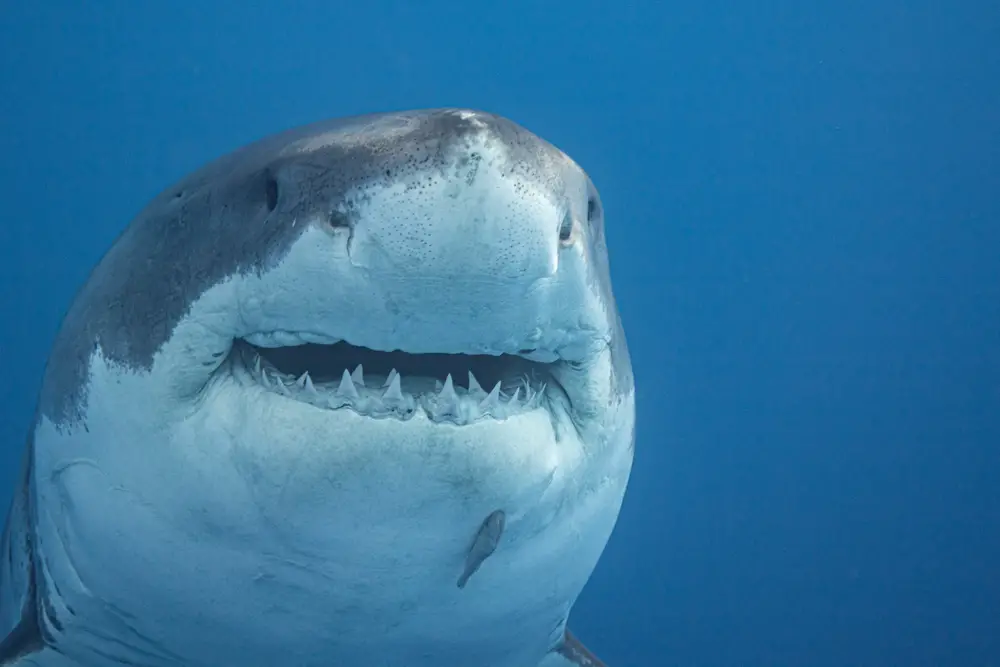
The skin of a great white shark is unique and plays an essential role in their hunting and swimming efficiency. Covered in tiny, tooth-like structures called dermal denticles, their skin feels like sandpaper. These denticles reduce drag in the water, allowing sharks to swim swiftly and silently. This adaptation is crucial for their role as agile and effective ocean hunters.
Dermal denticles also provide protection from parasites and other environmental threats. Their rough texture makes it difficult for organisms to attach, keeping the shark healthy and streamlined. This feature is just one example of the many specialized traits that have evolved in great whites. Understanding these adaptations gives us a deeper appreciation for their evolutionary success.
13. They Can Live For Decades

Great white sharks have a surprisingly long lifespan, with some individuals living for over 70 years. This longevity allows them to play a sustained role in their ecosystems, influencing the populations of prey species. Long life is made possible by their slow growth rate and late maturity, which also contribute to their slow reproductive rate. This extended lifespan is essential for maintaining the balance of the ocean’s ecosystems.
The long life of great whites highlights the need for effective conservation measures. Protecting older, mature individuals is crucial for the survival of the species, as they are the primary contributors to reproduction. Understanding their life cycle and population dynamics is vital for developing strategies to ensure their long-term survival. By safeguarding their future, we can preserve an essential part of our ocean’s natural heritage.
14. They Inspire Fear & Fascination
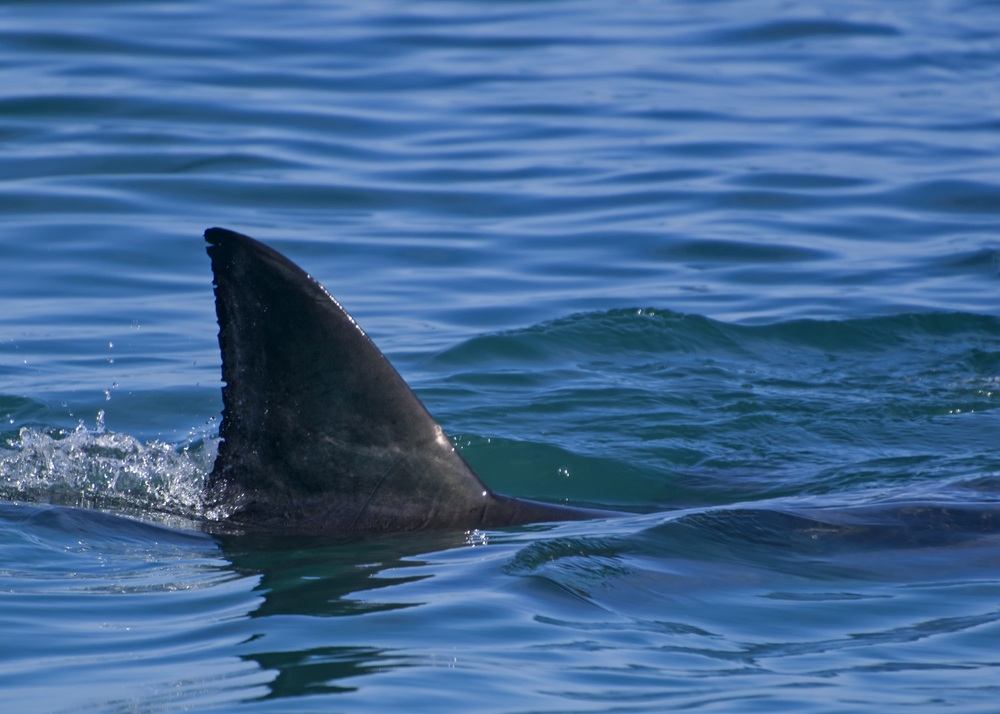
Great white sharks are among the most iconic creatures in the ocean, inspiring both fear and fascination. Their portrayal in movies and media has often highlighted their fearsome nature, contributing to widespread misconceptions. However, they are also admired for their beauty, power, and essential ecological role. These dual perceptions make them one of the most studied and discussed marine species.
Despite their reputation, many people are captivated by the mysteries surrounding great whites. Scientists continue to uncover new information about their behavior, biology, and the critical role they play in marine ecosystems. As we learn more, our understanding and appreciation for these magnificent creatures continue to grow. By embracing both the fear and fascination they evoke, we can work towards a future where humans and great white sharks coexist harmoniously in our oceans.
